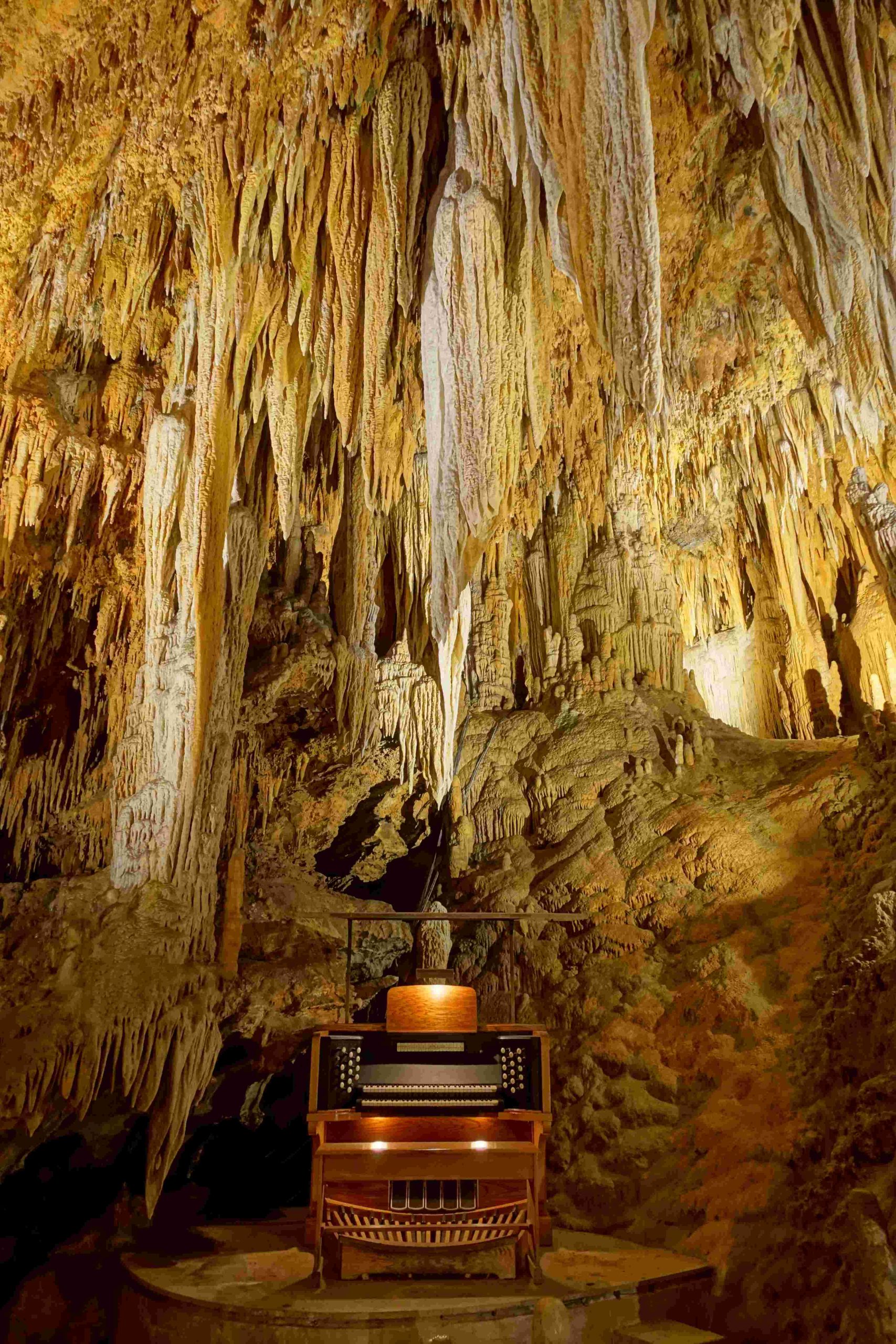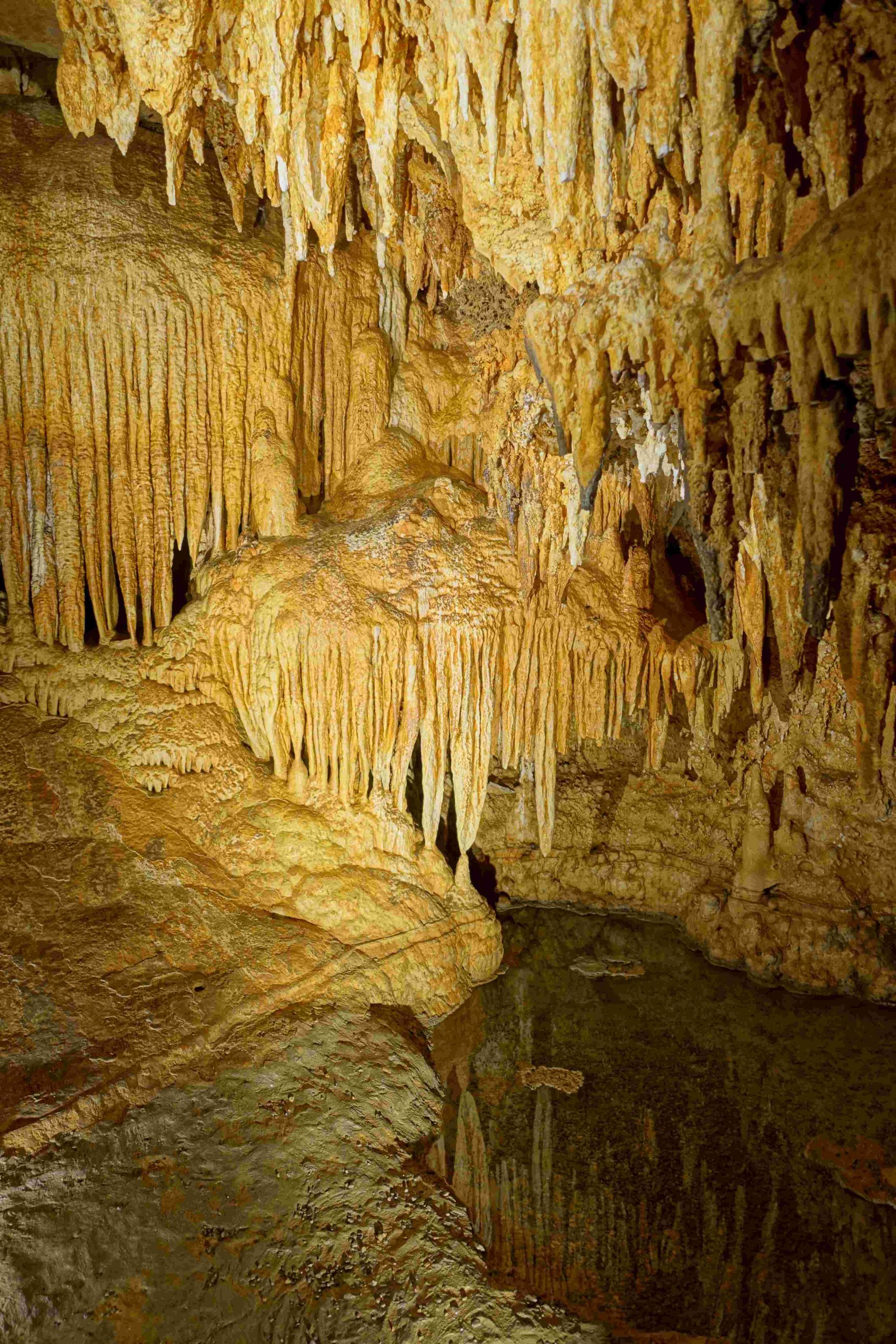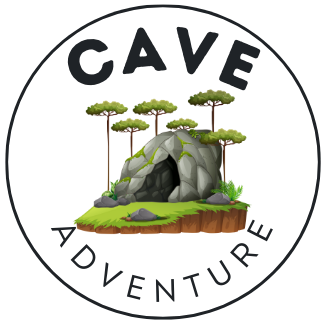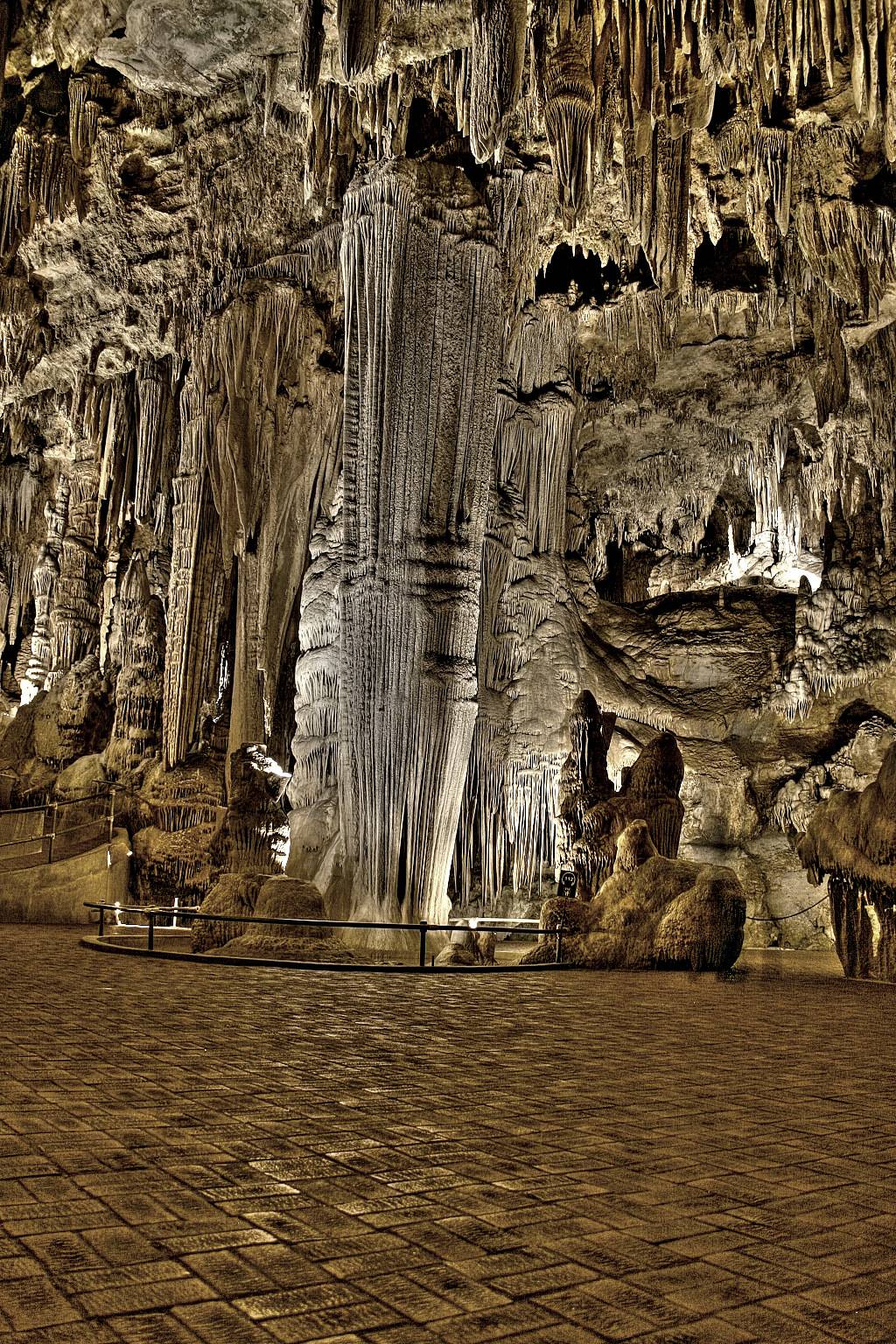Luray Caverns, located in Virginia’s Shenandoah Valley, is a natural wonder renowned for its stunning crystalline formations. While not technically containing crystal geodes, the caverns boast an array of calcite formations, including stalactites, stalagmites, and flowstones. These formations, created over millions of years, showcase a variety of colors and shapes, making Luray Caverns a must-visit destination for geology enthusiasts and casual tourists alike.
What Are the Main Crystal Formations in Luray Caverns?

Luray Caverns is home to an impressive array of crystalline formations, primarily composed of calcite. These formations include:
- Stalactites: Hanging from the ceiling
- Stalagmites: Rising from the floor
- Columns: Formed when stalactites and stalagmites meet
- Flowstones: Smooth, sheet-like deposits on walls and floors
Notable examples include:
- The Empress Column: A 35-foot high stalagmite
- The Double Column: Two fluted pillars, one 25 feet and the other 60 feet high
- Giant’s Hall: Features stalactites exceeding 50 feet in length
How Do These Crystal Formations Develop?

The formation process of these crystalline structures is a testament to nature’s patience and precision:
- Rainwater seeps through limestone bedrock, becoming mildly acidic.
- This acidic water dissolves calcium carbonate from the limestone.
- As the water drips into the cave, it releases carbon dioxide.
- Calcite precipitates out of the solution, forming crystalline deposits.
- Over millions of years, these deposits grow into the various formations we see today.
This slow, continuous process results in the growth of approximately one cubic inch of formation every 120 years.
What Colors Can Be Found in Luray Caverns’ Crystals?
The crystal formations in Luray Caverns display a fascinating palette of colors:
| Color | Cause |
|---|---|
| White | Pure calcite |
| Red/Yellow | Iron and iron-stained clays |
| Black | Manganese dioxide |
| Blue/Green | Copper compounds |
These color variations add to the visual spectacle of the caverns, creating a natural underground art gallery.
Are Crystal Geode Tours Available at Luray Caverns?
While Luray Caverns doesn’t offer specific ‘crystal geode’ tours, their standard cave tours provide an excellent opportunity to explore the crystalline wonders:
- Tour Duration: Approximately 1 hour
- Distance Covered: 1.5 miles
- Availability: Open year-round (except Thanksgiving and Christmas Day)
- Pricing:
- Adults: $34
- Seniors: $32
- Children (6-12): $17
- Children under 6: Free
The tours follow well-lit, paved walkways, making them accessible to most visitors. However, those with mobility issues should be aware that the terrain can be challenging in some areas.
What Amenities Are Available for Visitors?
Luray Caverns offers a range of amenities to enhance your visit:
- Large parking lot for convenient access
- Restrooms at the visitor center and other designated areas
- Educational exhibits, including:
- Car & Carriage Caravan Museum
- Shenandoah Heritage Village
- Toy Town Junction
- Guided tours with knowledgeable staff
- Informational signage throughout the caverns
These facilities ensure a comfortable and informative experience for all visitors.
How Rare Are the Crystal Formations in Luray Caverns?
While calcite formations are common in limestone caves, Luray Caverns stands out for several reasons:
- Size and Variety: The caverns boast an exceptional range of formation sizes and types.
- Preservation: The formations are well-preserved, offering clear views of their intricate structures.
- Accessibility: Unlike many caves, Luray Caverns is easily accessible to the public.
- Unique Combinations: The specific arrangements and groupings of formations in Luray Caverns are unique.
These factors combine to make Luray Caverns a truly remarkable geological site.
What Is the Best Time to Visit Luray Caverns?
Luray Caverns maintains a constant temperature of 54°F (12°C) year-round, making it a suitable destination in any season. However, consider the following factors:
- Summer: Peak tourist season, expect larger crowds
- Fall: Beautiful autumn colors in the surrounding Shenandoah Valley
- Winter: Fewer visitors, potentially more peaceful experience
- Spring: Pleasant weather for exploring the area before and after your cave tour
Weekdays generally see fewer visitors than weekends, regardless of the season.
How Can I Prepare for a Visit to Luray Caverns?
To make the most of your visit to Luray Caverns:
- Wear comfortable, non-slip shoes
- Bring a light jacket (remember, it’s always 54°F inside)
- Charge your camera or phone for photos (flash photography is allowed)
- Arrive early to avoid crowds, especially during peak season
- Consider purchasing tickets online in advance
- Plan for at least 2-3 hours to fully explore the caverns and associated exhibits
By following these tips, you’ll be well-prepared to enjoy the crystal wonders of Luray Caverns.
References:
1. Luray Caverns – Wikipedia
2. How to Grow a Cave – Luray Caverns
3. Luray Caverns: The Subterranean Marvel of the Blue Ridge Mountains
4. Luray Caverns Official Website
5. National Park Service – Shenandoah

